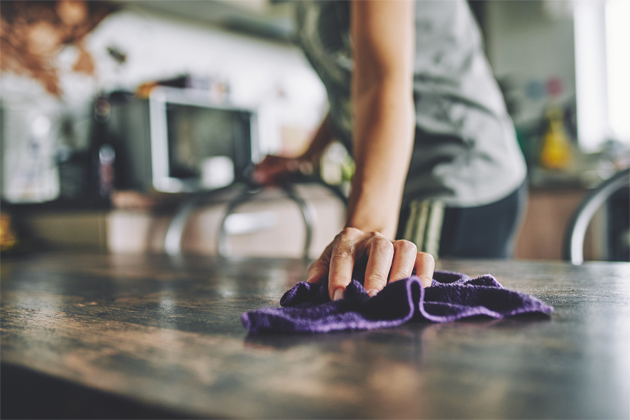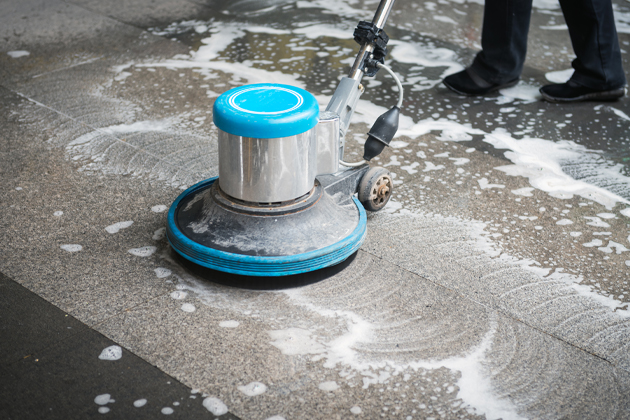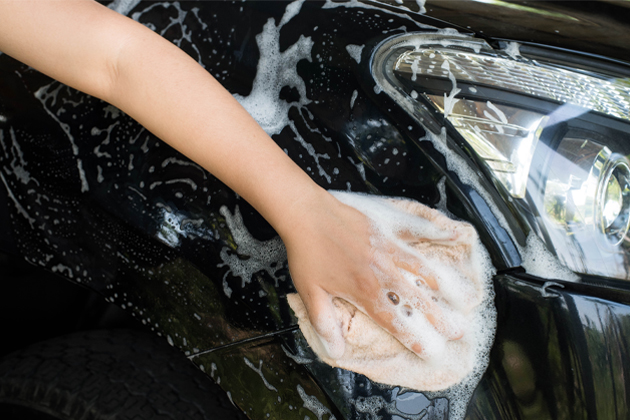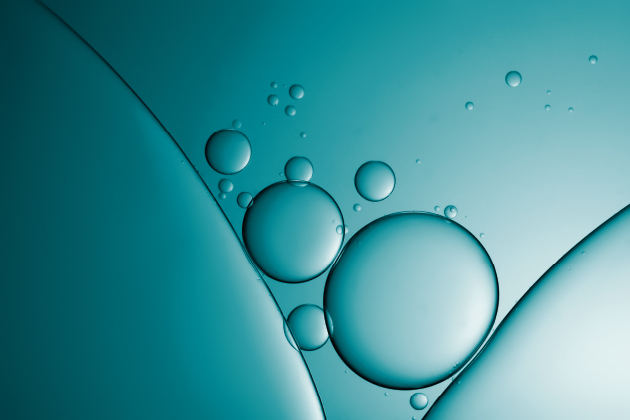Cleaning Specialities
For brilliant results: tailor-made chemical solutions by Zschimmer & Schwarz offer the pure and cleaning power of innovation.
Whether for household use, in the car, in hospitals or in large-scale industry: our surfactants, polymers and phosphonates, combined with additional formulation services, shorten development times for our customers. Our products make life cleaner for people all over the world.
Environmentally friendly, efficient, compatible even with sensitive surfaces: this is cleaning at its best.
If you wish to find out more about our products and services, please contact us – we are more than happy to answer your questions!
- Contact
-
Zschimmer & Schwarz
Cleaning SpecialitiesMax-Schwarz-Strasse 3–5
56112 Lahnstein | DET +49 2621 12-262
F +49 2621 12-568
-
- Downloads
Downloads
Visit our media centre
for further information and downloads.
DISCOVER MORE




